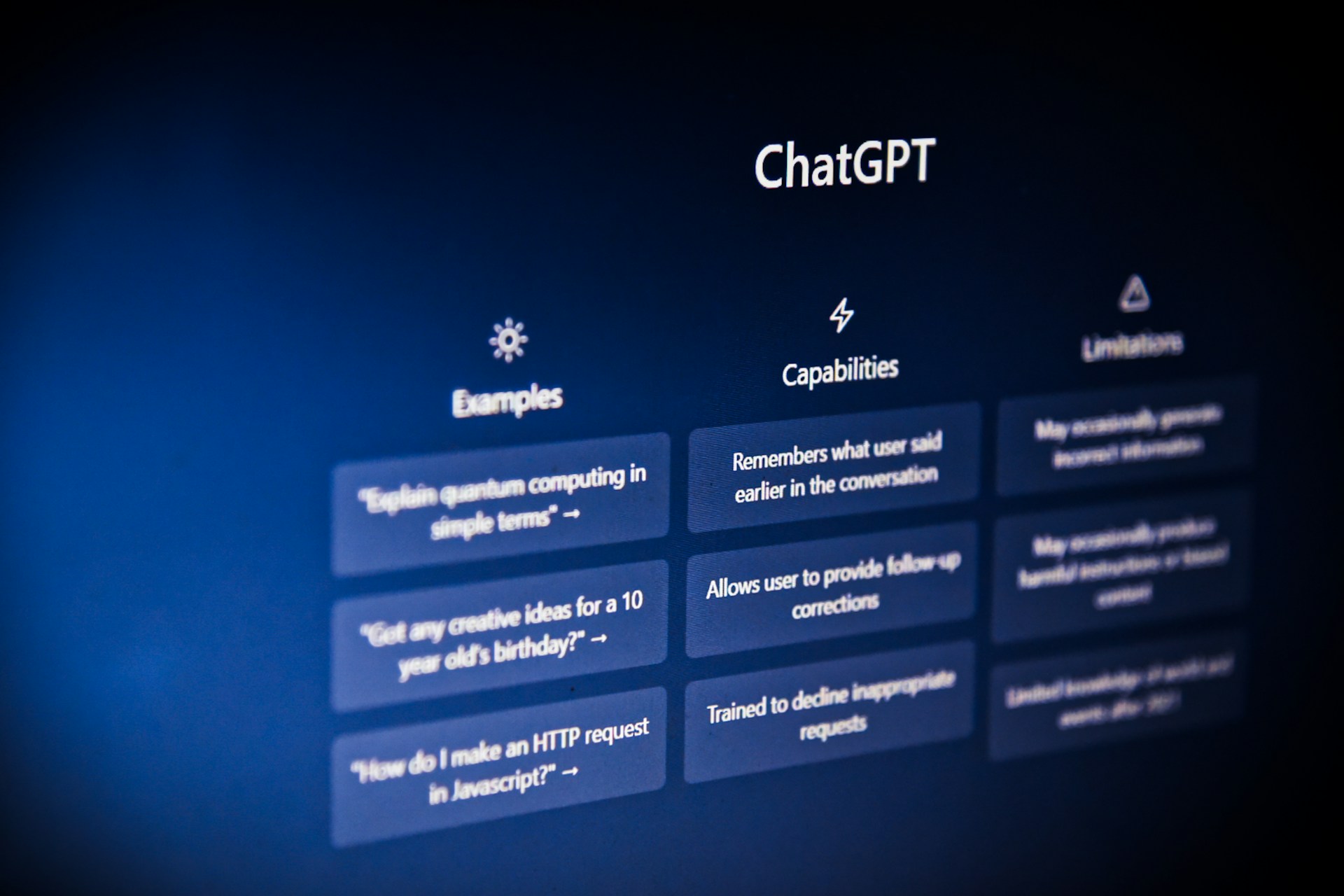I've thoroughly studied the system card for ChatGPT-4 today. It consists of 30 pages of core content, complemented by an additional 30 pages of appendix and citations. This in-depth exploration has helped me understand how it actually works, its limitations, and challenges.
If you're in the Product/Tech sector, I highly recommend diving into the system cards of any LLM models you intend to use.
System card of ChatGPT4:
cdn.openai.com
cdn.openai.com
Here is a quick summary:
The ChatGPT system card is a document that describes the safety risks associated with the GPT-4 language model. It discusses the potential for GPT-4 to generate harmful content, such as hate speech, discriminatory language, and incitements to violence. It also warns that GPT-4 can represent various societal biases and worldviews that may not be representative of the user's intent, or of widely shared values.
The system card also describes the safety mitigations that OpenAI has implemented to reduce the risk of harm from GPT-4. These mitigations include:
- Adversarial testing: OpenAI has subjected GPT-4 to a variety of adversarial tests designed to identify and mitigate its ability to generate harmful content.
- Model-assisted safety pipeline: OpenAI has developed a system that uses GPT-4 itself to identify and flag potentially harmful content.
- Human review: OpenAI reviews all outputs from GPT-4 before they are released to users.
The system card concludes by stating that GPT-4 is still under development, and that OpenAI is committed to continuing to research and improve its safety.
The most important aspects of the ChatGPT system card are:
- The potential for GPT-4 to generate harmful content.
- The need for safety mitigations to reduce the risk of harm from GPT-4.
- The ongoing research and development of GPT-4 to improve its safety.
I hope this summary is helpful. Please let me know if you have any other questions.
Other important notes:
GPT models are often trained in two stages:
First, they are trained, using a large dataset of text from the Internet, to predict the next word. The models are then fine-tuned with additional data, using an algorithm called reinforcement learning from human feedback (RLHF), to produce outputs that are preferred by human labelers.
Fine-tuning has made these models more controllable and useful.
In most cases, GPT-4-launch exhibits much safer behavior due to the safety mitigations we applied.
We found that GPT-4-early and GPT-4-launch exhibit many of the same limitations as earlier language models, such as producing biased and unreliable content.
Red teaming in general, and the type of red teaming we call ’expert red teaming, is just one of the mechanisms[27] we use to inform our work identifying, measuring, and testing AI systems.
GPT-4-launch scores 19 percentage points higher than our latest GPT-3.5 model at avoiding open-domain hallucinations, and 29 percentage points higher at avoiding closed-domain hallucinations.

While our testing effort focused on harms of representation rather than allocative harms, it is important to note that the use of GPT-4 in contexts such as making decisions or informing decisions around allocation of opportunities or resources requires careful evaluation of performance across different groups.
Our red teaming results suggest that GPT-4 can rival human propagandists in many domains, especially if teamed with a human editor.
Red teamers selected a set of questions to prompt both GPT-4 and traditional search engines, finding that the time to research completion was reduced when using GPT-4.
The impact of GPT-4 on the economy and workforce should be a crucial consideration for policymakers and other stakeholders.
Over time, we expect GPT-4 to impact even jobs that have historically required years of experience and education, such as legal services.
However, even using AI as a productivity multiplier requires workers to adjust to new workflows and augment their skills.
One concern of particular importance to OpenAI is the risk of racing dynamics leading to a decline in safety standards, the diffusion of bad norms, and accelerated AI timelines, each of which heighten societal risks associated with AI. We refer to these here as "acceleration risk."24 This was one of the reasons we spent six months on safety research, risk assessment, and iteration prior to launching GPT-4.2.
Overreliance occurs when users excessively trust and depend on the model, potentially leading to unnoticed mistakes and inadequate oversight. To tackle overreliance, we’ve refined the model’s refusal behavior, making it more stringent in rejecting requests that go against our content policy, while being more open to requests it can safely fulfill. One objective here is to discourage users from disregarding the model’s refusals.
Deployment preparation (p.21 -very interesting section)
- Evaluation Approach (As Described Above) (a) Qualitative Evaluations (b) Quantitative Evaluations
- Model Mitigations
- System Safety
RLHF fine-tuning makes our models significantly safer.
We’ve decreased the models tendency to respond to requests for disallowed content by 82% compared to GPT-3.5, and GPT-4 responds to sensitive requests (e.g. medical advice and self-harm) in accordance with our policies 29% more often.
For tackling open-domain hallucinations, we collect real-world ChatGPT data that has been flagged by users as being not factual, and collect additional labeled comparison data that we use to train our reward models. For closed-domain hallucinations, we are able to use GPT-4 itself to generate synthetic data.
Moderation classifiers play a key role in our monitoring and enforcement pipeline. We are constantly developing and improving these classifiers. Several of our moderation classifiers are accessible to developers via our Moderation API endpoint, which enables developers to filter out harmful content while integrating language models into their products.
Relevant posts:
![[Step by step] How to build a chatbot using openAI, Langchain & Streamlit.](https://images.unsplash.com/40/OSASuBX1SGu4kb3ozvne_IMG_1088.jpg?ixlib=rb-4.0.3&q=90&fm=jpg&crop=entropy&cs=srgb&w=1920)
![[Review]](https://images.unsplash.com/photo-1633613286991-611fe299c4be?ixlib=rb-4.0.3&q=90&fm=jpg&crop=entropy&cs=srgb&w=1920)

![[Hot take] End of Software?](https://images.unsplash.com/photo-1495055154266-57bbdeada43e?ixlib=rb-4.0.3&q=90&fm=jpg&crop=entropy&cs=srgb&w=1920)

![[Review] Langchain with Python bootcamp](https://images.unsplash.com/photo-1610223755176-f8c8c92e4ad8?ixlib=rb-4.0.3&q=90&fm=jpg&crop=entropy&cs=srgb&w=1920)
![[Review] AI worskhop for Senior PMs](https://images.unsplash.com/photo-1677442135703-1787eea5ce01?ixlib=rb-4.0.3&q=90&fm=jpg&crop=entropy&cs=srgb&w=1920)

